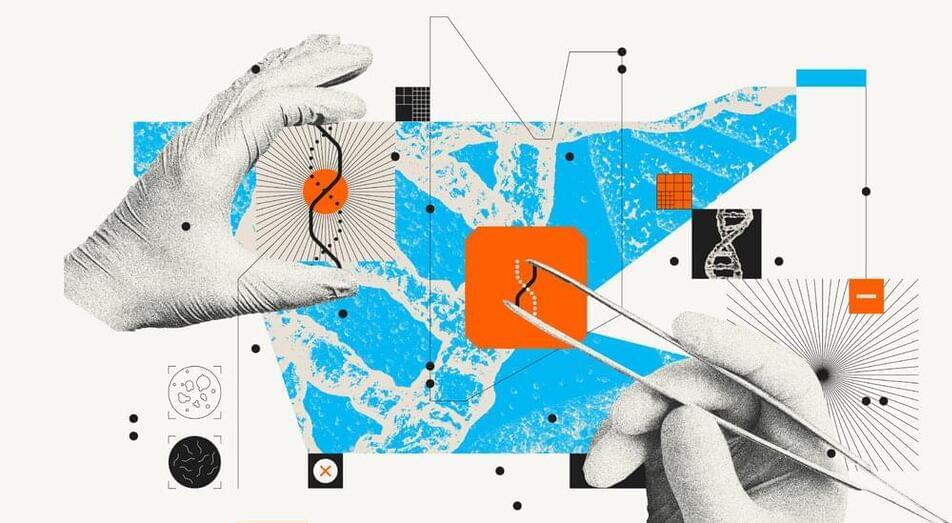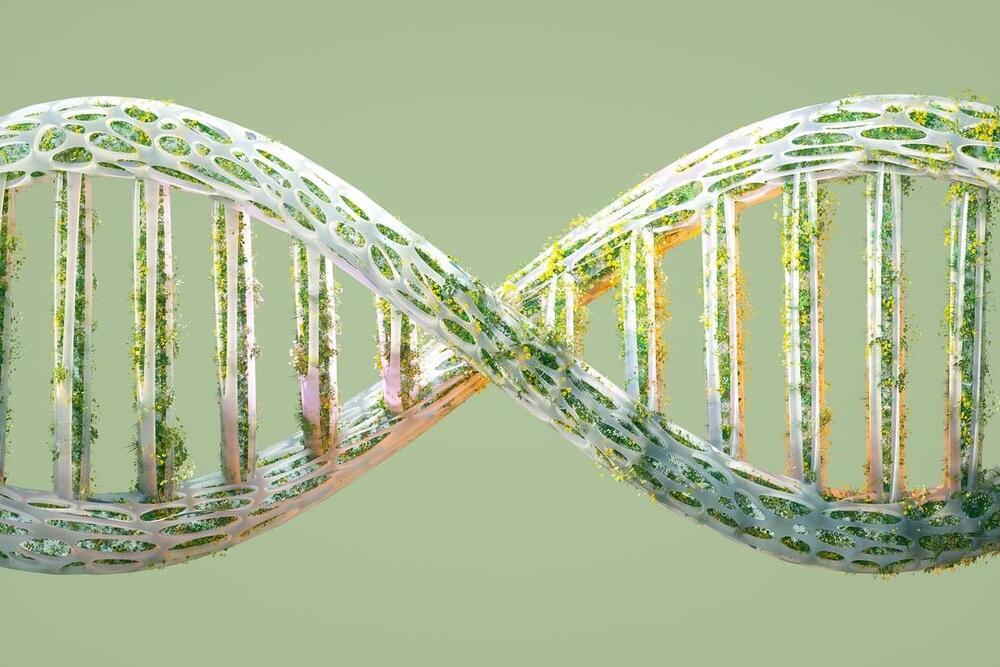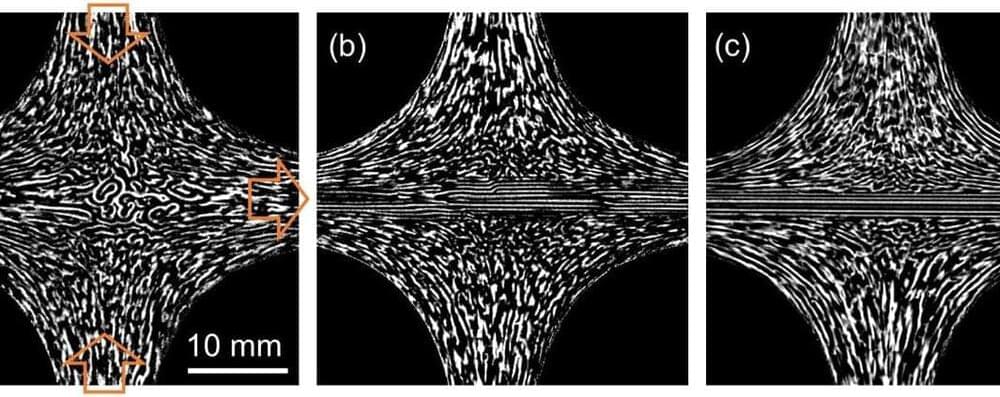Aubrey de Grey and Josh Mitteldrof, two big names of the aging field, discuss their diverging views regarding the nature of aging: is it programed or not?
Host: Nicolás Cherñavsky.
Production: Nicolás Cherñavsky and Nina Torres Zanvettor.
Editing: Nina Torres Zanvettor.
Revision and subtitling: Nicolás Cherñavsky.
Heales website (Healthy Life Extension Society): https://heales.org/
Contact e-mail: [email protected].
#science #aging #rejuvenation #biology #health #longevity #antiaging #AubreydeGrey #JoshMitteldorf #programedaging #debate.
Aubrey de Grey’s picture:
Stifterverband, CC BY 3.0 https://creativecommons.org/licenses/.…, via Wikimedia Commons.
Music: Closer To Your Dream by Keys of Moon | / keysofmoon (CC BY 4.0)






